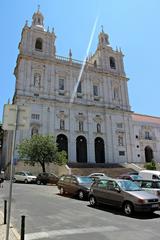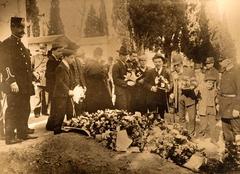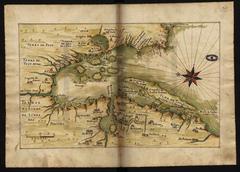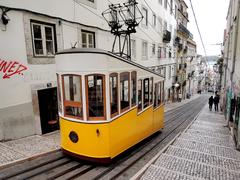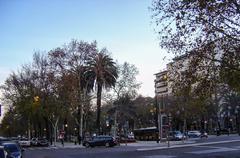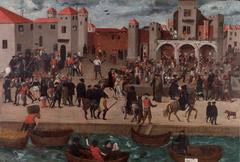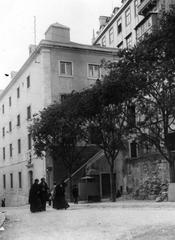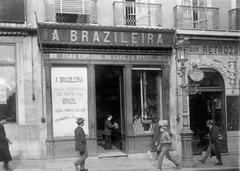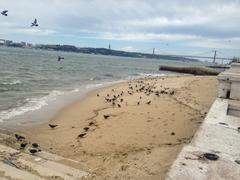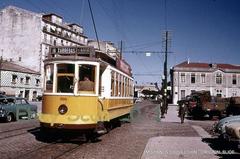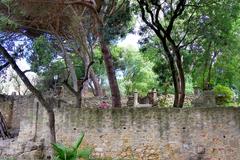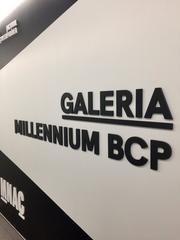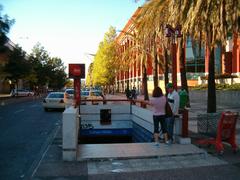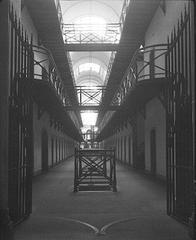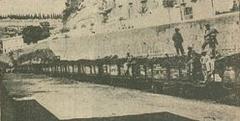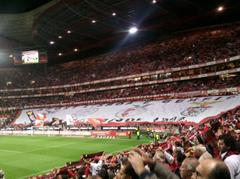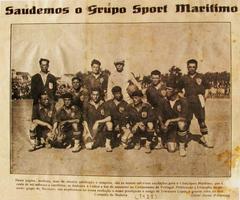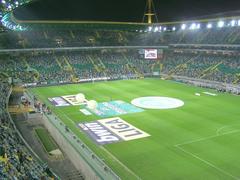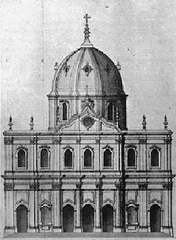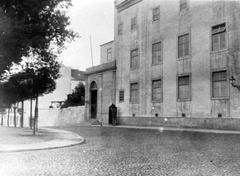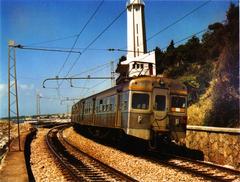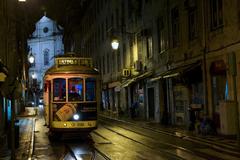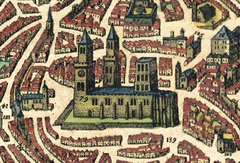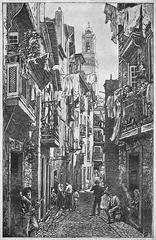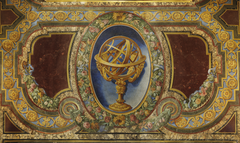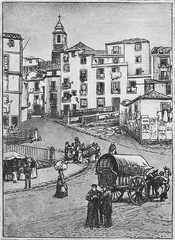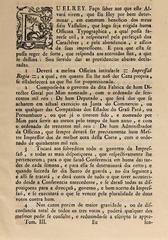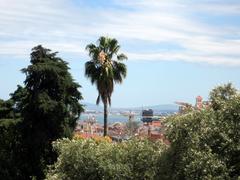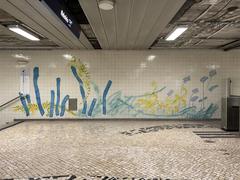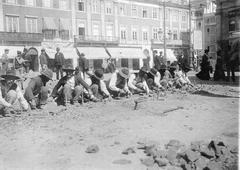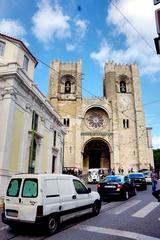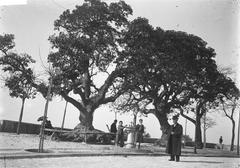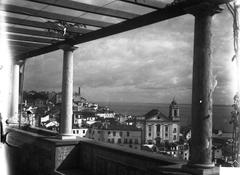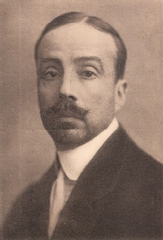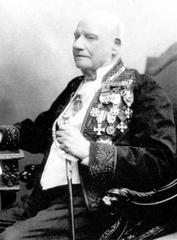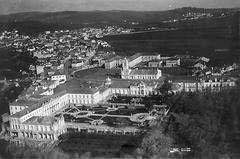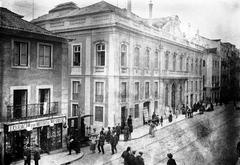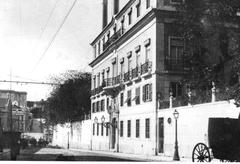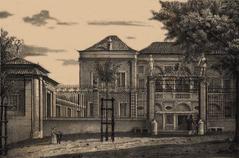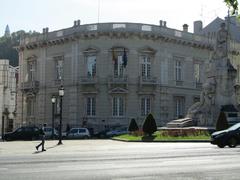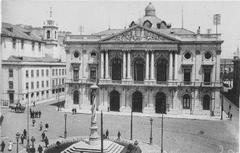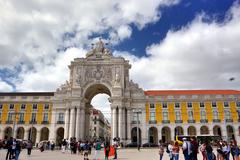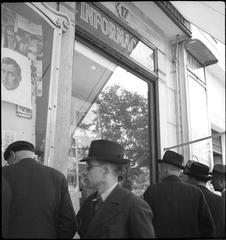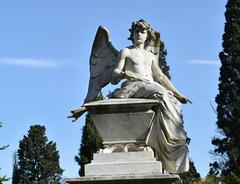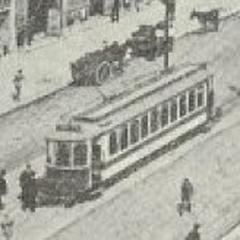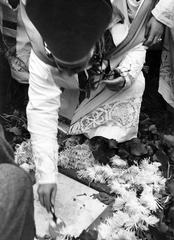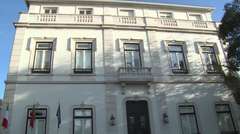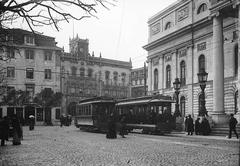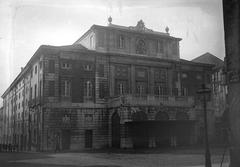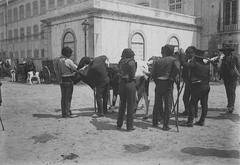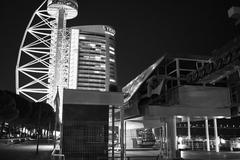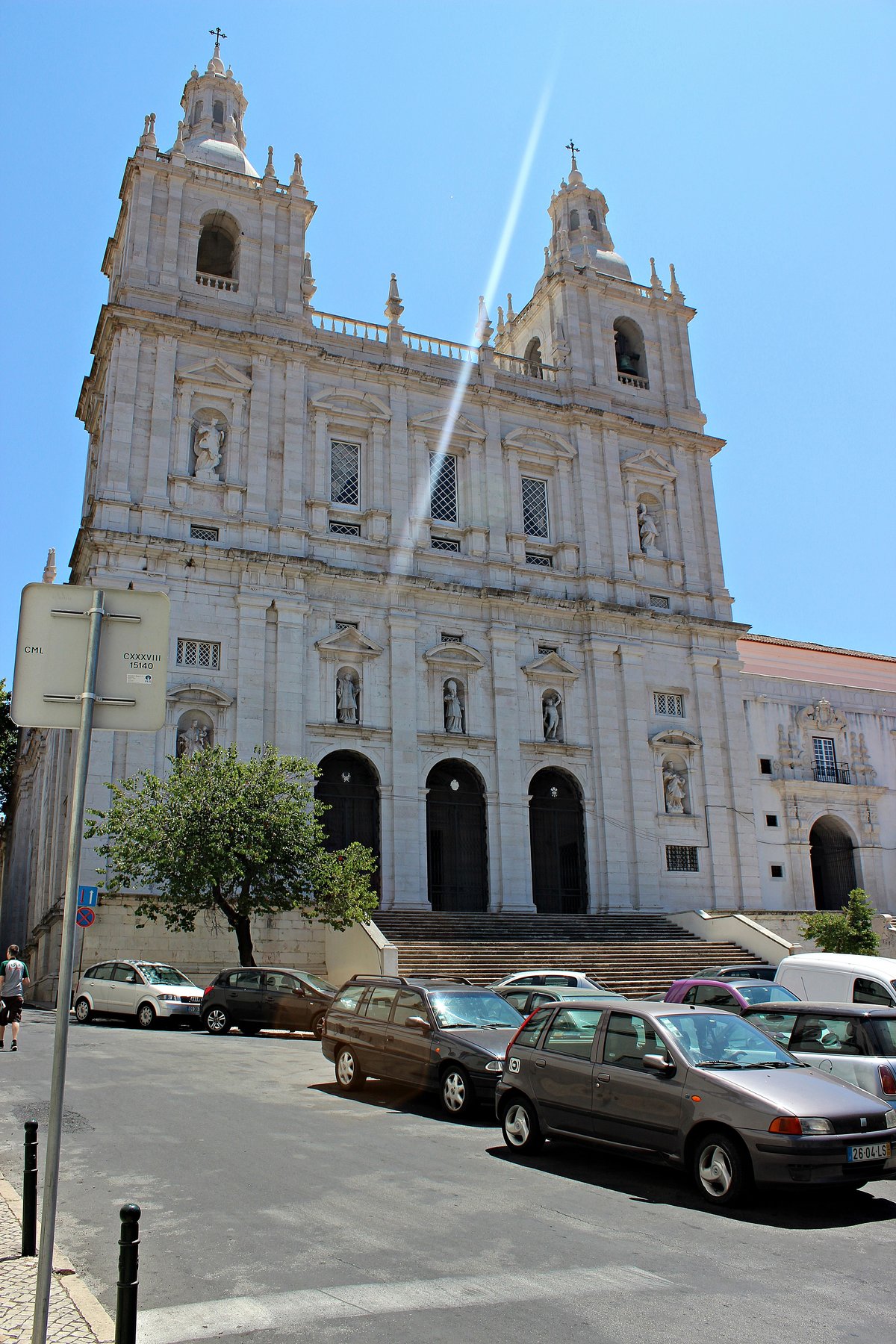
Visiting Hours, Tickets, and Highlights of Igreja de São Vicente de Fora
Date: 18/07/2024
Introduction
The Igreja de São Vicente de Fora, a monumental edifice located in Lisbon’s historic Alfama district, is a beacon of Portugal’s rich heritage. Its roots stretch back to the 12th century, when the first Romanesque church was built to honor Lisbon’s patron saint, Saint Vincent. This site not only serves as a significant religious landmark but also stands as a testament to the architectural evolution from Mannerism to Baroque styles. Over centuries, it has been reconstructed and expanded, most notably under the direction of King Philip I of Portugal and the renowned architect Felipe Terzi (GoLisbon). The church’s significance is further heightened by its function as the Royal Pantheon, housing the tombs of the Braganza monarchs, and its active role in the religious and cultural life of Lisbon. Visitors are drawn not only by its historical and architectural grandeur but also by its serene cloisters adorned with 18th-century azulejos and the panoramic views from its rooftop (PlanetWare). Whether one is a history enthusiast, an architecture aficionado, or a spiritual seeker, the Igreja de São Vicente de Fora offers an enriching experience that encapsulates the essence of Lisbon’s historical and cultural tapestry.
Table of Contents
- Early Beginnings (12th - 16th Century)
- Royal Patronage and Reconstruction (16th - 17th Century)
- Architectural Fusion - Mannerism and Baroque
- The Royal Pantheon - A Final Resting Place
- Visitor Information
- FAQ
- Conclusion
- References
Early Beginnings (12th - 16th Century)
The first structure on this site was a modest Romanesque church, built outside Lisbon’s city walls (hence ‘fora,’ meaning ‘outside’). Legend has it that Afonso Henriques, Portugal’s first king, commissioned this initial church in 1147 to honor Lisbon’s patron saint, Saint Vincent. This early church housed the relics of Saint Vincent, which were brought to Lisbon in 1173.
Royal Patronage and Reconstruction (16th - 17th Century)
Over time, the church fell into disrepair. In the late 16th century, King Philip I of Portugal (also King Philip II of Spain) ordered its reconstruction. This marked a turning point in the church’s history and architectural evolution.
The task fell upon the capable hands of the renowned architect Felipe Terzi, an Italian Jesuit who left an indelible mark on Portuguese architecture. Construction began in 1582, but political turmoil and financial constraints plagued the project. Terzi’s initial design underwent modifications, and the church’s construction stretched over a century.
Architectural Fusion - Mannerism and Baroque
The Igreja de São Vicente de Fora stands as a testament to the late Renaissance style known as Mannerism, with notable Baroque influences. This fusion of styles is evident throughout the church’s design.
- Mannerist Façade - The imposing façade, completed in 1622, exemplifies Mannerist aesthetics. Its symmetrical design, adorned with statues of saints and intricate details, showcases the grandeur and drama characteristic of the style.
- Baroque Interior - Stepping inside, visitors are greeted by a breathtaking Baroque interior. The high vaulted ceilings, ornate gilded carvings, and the play of light and shadow create a sense of awe and wonder. The church’s main altarpiece, a masterpiece of Baroque art, depicts scenes from the life of Saint Vincent.
The Royal Pantheon - A Final Resting Place
The Igreja de São Vicente de Fora holds a special place in Portuguese history as the final resting place of the Braganza monarchs. In the 19th century, the church was chosen to house the tombs of the royal family. The Royal Pantheon, a magnificent addition to the church, showcases elaborate sarcophagi and serves as a poignant reminder of Portugal’s royal past.
Visitor Information
Visiting Hours and Tickets
The Igreja de São Vicente de Fora is open to visitors from 10:00 AM to 6:00 PM, Tuesday through Sunday. It is closed on Mondays and holidays. Entry tickets cost €5 for adults, with discounts available for students, seniors, and groups. Tickets can be purchased online or at the entrance.
How to Get There
The church is located in the Alfama district of Lisbon, a historic area known for its narrow streets and vibrant culture. Visitors can reach the site by taking tram 28 or bus 734. It’s also a pleasant walk from central Lisbon, offering scenic views of the city’s architecture and landscape.
Best Times to Visit
To avoid the crowds and enjoy a more serene experience, consider visiting early in the morning or late in the afternoon. Weekdays tend to be less crowded than weekends, making it an ideal time for those looking to explore the church in peace.
Nearby Attractions
While in the area, don’t miss other historical sites such as the Lisbon Cathedral, the National Pantheon, and the Miradouro de Santa Luzia, which offers stunning views of the city.
Special Events and Guided Tours
The church often hosts special events, including classical music concerts and art exhibitions. Guided tours are available and provide in-depth insights into the church’s history, architecture, and cultural significance.
FAQ
- What are the visiting hours for Igreja de São Vicente de Fora? The church is open from 10:00 AM to 6:00 PM, Tuesday through Sunday.
- How much are tickets for Igreja de São Vicente de Fora? Entry tickets cost €5 for adults, with discounts for students, seniors, and groups.
- How can I get to Igreja de São Vicente de Fora? You can reach the church by taking tram 28 or bus 734. It’s also within walking distance from central Lisbon.
- Are there guided tours available? Yes, guided tours are available and provide detailed information about the church’s history and architecture.
Conclusion
In conclusion, the Igreja de São Vicente de Fora is not merely a religious monument but a vibrant piece of Lisbon’s historical and cultural fabric. Its rich history, from its 12th-century origins to its architectural magnificence shaped by Mannerist and Baroque influences, provides a deep insight into Portugal’s past. The church’s role as the final resting place for the Braganza monarchs and its continuing function as an active place of worship underscores its enduring significance. Visitors are treated to a blend of artistic beauty, historical depth, and spiritual ambiance, making it a must-visit destination in Lisbon. The comprehensive visitor amenities, including guided tours, accessibility features, and nearby attractions, ensure that every visit is both informative and enjoyable. For those planning to explore Lisbon, the Igreja de São Vicente de Fora offers a unique opportunity to connect with the city’s rich heritage and witness its architectural splendor firsthand (Sacred Destinations, Atlas Obscura).
References
- Visiting the Igreja de São Vicente de Fora - History, Tickets, and Architectural Marvels in Lisbon, GoLisbon
- Visiting Igreja de São Vicente de Fora - History, Notable Features, and Visitor Information, PlanetWare
- Sacred Destinations
- Atlas Obscura
